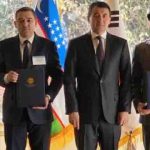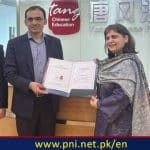ISLAMABAD – Scientists worldwide can use ion-based testbed at Sandia National Laboratories.A new Department of Energy open-access quantum computing testbed is ready for the public. Scientists from Indiana University recently became the first team to begin using Sandia National Laboratories’ Quantum Scientific Computing Open User Testbed, or QSCOUT.Quantum computers are poised to become major technological drivers over the coming decades. But to get there, scientists need to experiment with quantum machines that relatively few universities or companies have. Now, scientists can use Sandia’s QSCOUT for research that might not be possible at their home institutions, without the cost or restrictions of using a commercial testbed.“
QSCOUT serves a need in the quantum community by giving users the controls to study the machine itself, which aren’t yet available in commercial quantum computing systems. It also saves theorists and scientists from the trouble of building their own machines. We hope to gain new insights into quantum performance and architecture as well as solve problems that require quantum computation,” said Sandia physicist and QSCOUT lead Susan Clark.She said the new testbed is a rare machine in three ways: first, as a free, open-access testbed; second, as one made with trapped ion technology; and third, as a platform that gives users an uncommon amount of control over their research.
Follow the PNI Facebook page for the latest news and updates.








